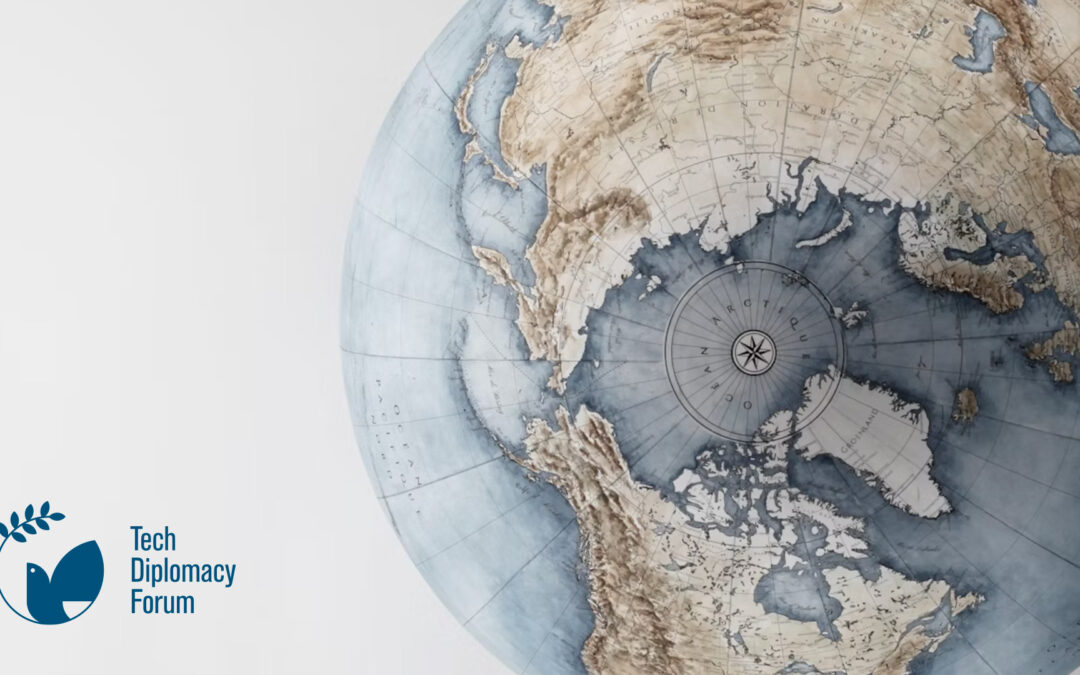To strengthen the article on bi-globalization and recent takeaways from the World Economic Forum 2025, I’ll incorporate key elements from the provided source to offer a more comprehensive analysis:
The concept of “geo-economic bi-globalization” has emerged as a central theme at the World Economic Forum 2025, reflecting a fundamental shift in the global economic landscape. This phenomenon is underpinned by the logic of geopolitical competition and marks a departure from the post-Cold War era of economic globalization[1].
The Bipolar Power Structure
The international system has evolved from the geopolitical unipolarity of the 1990s to a distinct bipolar power structure today, dominated by the United States and China[1]. This new reality is reshaping global trade patterns and economic relationships:
1. Decoupling Strategies: The US is pursuing a strategy of decoupling economic ties with China through tariffs, trade barriers, and investment restrictions in strategic sectors, while simultaneously defending its economy through industrial policies and subsidies[1].
2. China’s Approach: China is combining decoupling via import substitution in technology manufacturing with diversifying its export and investment markets across different regions, particularly in Eurasia and the Global South[1].
Geo-economic Spheres of Influence
Two distinct geo-economic spheres are forming:
1. US-Centered Sphere: Encompassing the EU, G7 members, and allies, this sphere focuses on economic security and strategic independence[1].
2. China-Centered Sphere: Characterized by initiatives like the Belt and Road Initiative and the Global Development Initiative, aimed at connecting China to the rest of the world, particularly emerging markets[1].
Impact on Global Trade
The interplay between these competing geo-economic strategies is having systemic effects:
1. Trade Flow Shifts: An IMF study indicates decreasing trade and investment between the two hypothetical blocs centered on the US and China, with increasing flows within blocs[1].
2. Non-Aligned Connectors: Some countries are positioning themselves as indirect links between blocs, though this flexibility may diminish as the bipolar system tightens[1].
3. Corporate Adaptation: Many multinational companies are already adopting bipolar structures, decoupling their global operations in anticipation of further geo-economic fragmentation[1].
Challenges to the International Trading Order
The emerging bipolar system is putting strain on existing international trade institutions:
1. WTO Under Pressure: The World Trade Organization, established in 1995 during the era of US-led unipolarity, is struggling to maintain relevance in the new bipolar context[1].
2. Rule-Based Framework at Risk: The basic multilateral framework of rules and principles regulating global trade is facing challenges as great powers pursue their geo-economic strategies[1].
Looking Ahead
As the world adapts to this new bi-globalized reality, several key considerations emerge:
1. Managing Coexistence: The immediate challenge is to manage coexistence in a situation of geo-economic competition, requiring significant diplomatic efforts[1].
2. Institutional Role: While institutions like the WTO may not be able to maintain the previous order, they can still provide a framework for dialogue and cooperation[1].
3. Avoiding Fragmentation: Historical precedents suggest that trade fragmentation and protectionism can lead to increased global tensions. Efforts must be made to avoid a complete breakdown of the global trading system[1].
The bi-globalization trend highlighted at the World Economic Forum 2025 represents a fundamental shift in the global economic landscape. As the US-China rivalry continues to shape international trade and economic relationships, countries and businesses must navigate this new reality carefully, balancing economic opportunities with geopolitical considerations.
Citations:
[1] https://www.weforum.org/stories/2024/12/geoeconomic-biglobalization-global-trade/

